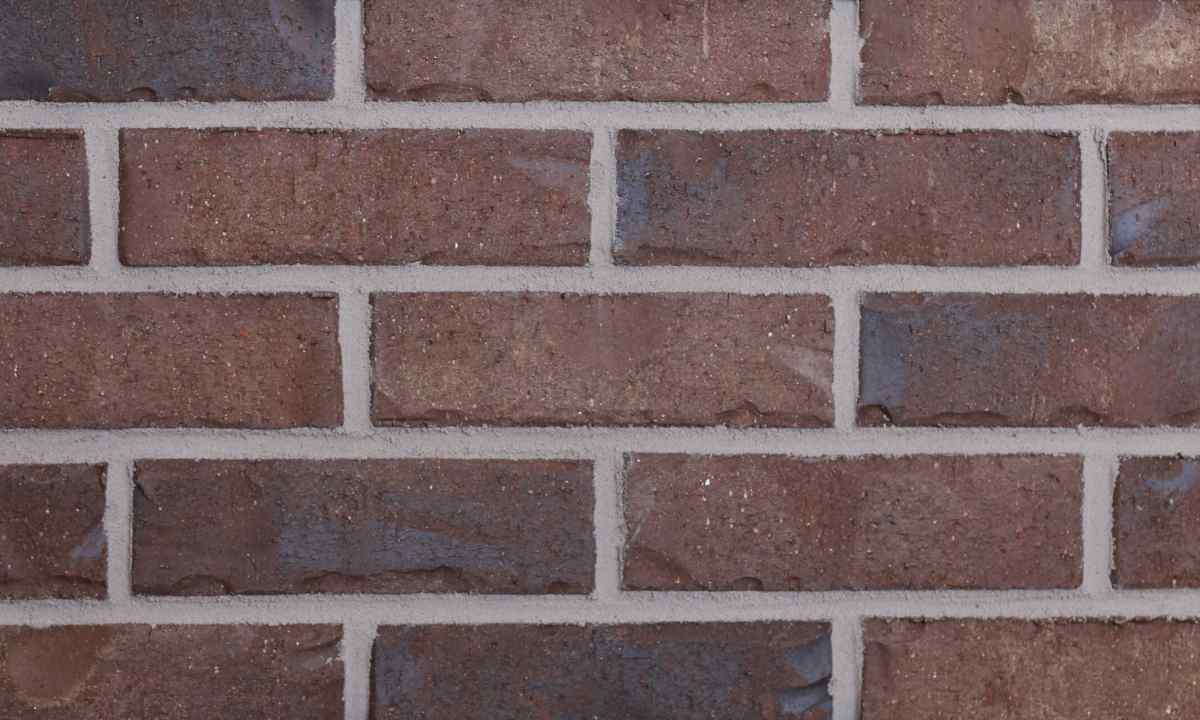The durability of the house executed brick always depends on quality of the laid foundation and durability of walls. At the moment there are many types of laying of brick which differ among themselves in purpose.
Among all existing ways there are bricklayings the most applied are considered a little. The superiority is surely occupied by classical laying, that is way at which each row receives shift in half-brick. Lozhkovy laying is applied to construction of piers, when facing facades of buildings. The brick keeps within horizontally, and the subsequent row starts with half, thereby providing bandaging. Kind of similar method is brick shift only on quarter. Here everything depends only on preferences of the builder.
There is option at which the "slanting" shift of brick is carried out.
When laying clinker brick it will be very original to look the facade executed by means of tychkovy laying. Use this way at construction of external walls of buildings, when facing and also construction of piers.
The similar way assumes laying on width of the put-up wall, at the same time the top row entirely ties up lower, guaranteeing quite nice drawing and sufficient durability.
American and English ways
The combination of lozhkovy method with tychkovy, with certain change in each row, is called the "American" laying. Similar option with change of type of laying, that is spike-lozhkom, the English way is considered. It is often applied to construction of multi-storey buildings as the wall turns out one and a half brick thick. This type of laying assumes bandaging of brick not only longwise, but also wall width. As a result it turns out very strong, capable to maintain heavy loads.
Free and Gothic way
There is free option of laying - when the regular alternation of the brick parties providing vertical arrangement of joints is made. Approximately in the same way there is cross connection of each row when joints of each even laid row are displaced, creating characteristic type of orthodox cross.
There is still way of laying called "Savage" at which already the name accurately hints that not regular replacement of the parties of brick is carried out.
The Gothic option at which the parties of brick regularly alternate on ranks is not less popular. Joints of even ranks coincide, and in odd layers they are displaced accurately on half of the lower side of brick. One short and also couple of long parties, are replaced on ranks in turn. Through couple of rows the joints coincide.

